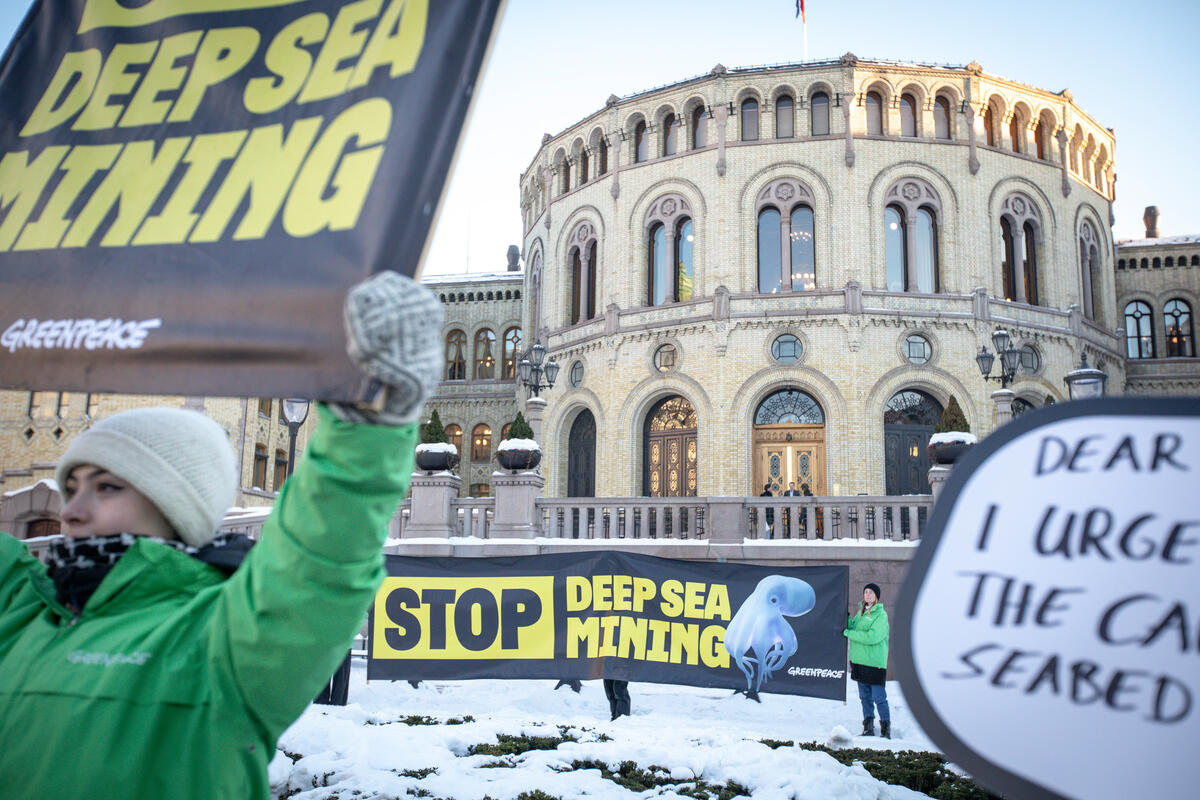Vital Ocean Voices is a series of stories from people living in coastal communities around the Indian Ocean, providing first-hand accounts of the impacts of destructive fishing, pollution and climate breakdown.
Our high seas, like the UNESCO marine World Heritage Site of Aldabra Atoll are part of humankind’s common heritage, teeming with life, and holding outstanding universal value. As such, good ocean governance is critical to assure the protection of biodiversity in the high seas. Meet Emma, a young Seychellois conservationist who shares her views on working on Aldabra and protecting our ocean.
My name is Emma Mederic, I’m 23 years old and I am the Assistant Aldabra Science Coordinator. Aldabra is one of the world’s largest and least disturbed raised coral atolls and therefore an icon for preservation, showing what’s possible for ocean protection when evidence-based management and political will is secured.
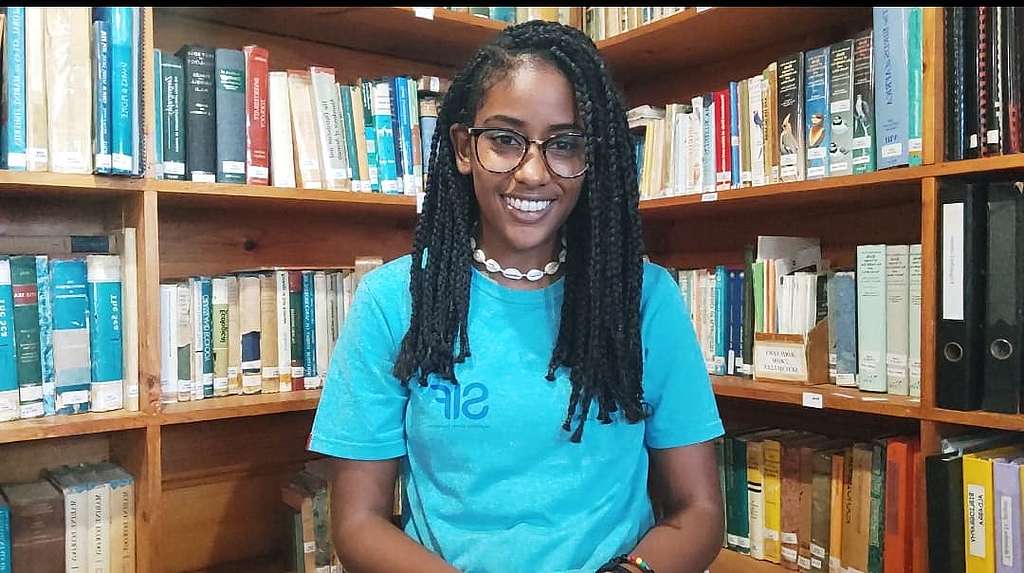
Due to its extreme remoteness, lack of direct human impact, and continued protection, Aldabra is regarded as a natural laboratory critical to understanding ocean and island ecosystems. It is a sanctuary to rare and diverse forms of marine and terrestrial life, with the world’s largest population of giant tortoises. At an estimated population of over 100,000, the turtles outnumber Seychellois. It is also home to several regionally and globally significant populations, such as green turtles and greater and lesser frigate birds, as well as being the refuge for the last flightless bird of the Indian Ocean, the Aldabra white-throated rail, and the little-known dugong. As one of 50 marine UNESCO World Heritage Sites, Aldabra boasts not only an abundance and diversity of fish, coral, and marine species but also vast blue carbon ecosystems (for Aldabra mangroves and seagrass.)
I have been working in this role with the Seychelles Islands Foundation (SIF), which manages this marine UNESCO World Heritage Site, since November 2020. Growing up on Mahé, Seychelles’ main island, over 1000 kilometres from Aldabra, surrounded by the ocean, I grew to respect and appreciate all its intricacies. This pushed me to choose a career in marine conservation. I wanted to be in a position where I could collaborate with researchers from around the world and within Seychelles and that’s what SIF provided, so I applied, and here I am now! Working to protect one of the most beautiful places on earth, Aldabra, which all of us Seychellois hold very near to our hearts.
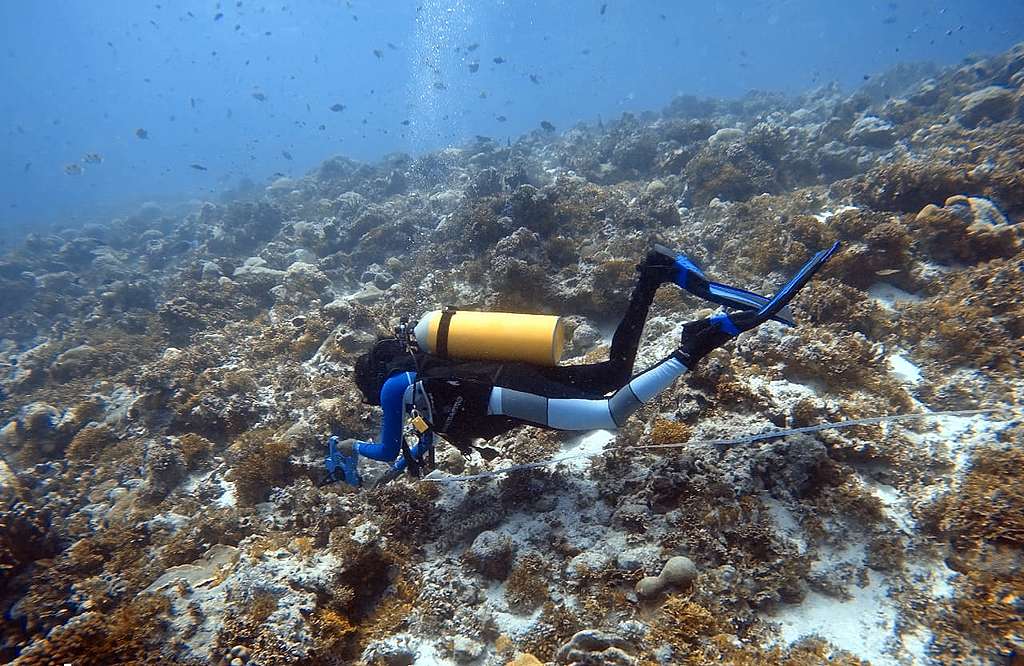
Since 1979 SIF, a non-profit charitable trust established by the Seychelle government has managed and protected this atoll on behalf of the people of Seychelles and the world. On Aldabra, SIF operates one of the world’s longest continuously running tropical research stations which was officially opened by The Royal Society on 30th June 1971. The station was established following a series of scientific expeditions that led to lobbying of the UK government by scientists (chiefly from the Royal Society) and concerned people from around the world, who opposed the proposal to construct a military airbase that would have completely destroyed Aldabra.
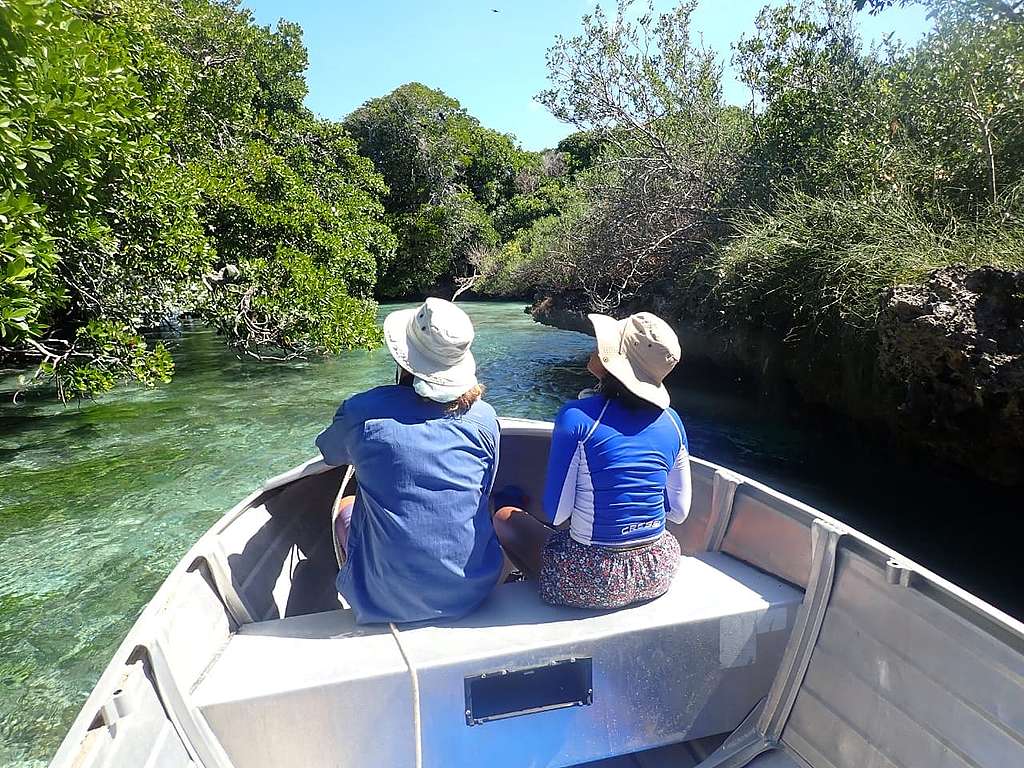
In joining SIF, I was not the first Seychellois woman of colour to take on the role of Assistant Aldabra Science Coordinator, but rather a continuation from several other rising Seychellois conservationists leading on the atoll. In fact, many women scientists have been the Aldabra Science Coordinator, leading major scientific successes and bringing particular approaches to conservation that recognises the need for women’s empowerment and intersectionality in science.
It is within living memory that women were not allowed to work and live on Aldabra without being a man’s partner. I am happy to report that those days are long behind us and although there are still firsts for people like me to achieve on Aldabra, it is clear that we are not only welcomed but needed for our different perspectives, lived experiences, and examples. It was in fact this year that an all-female team completed the eighth season of the annual Aldabra Reef Monitoring programme. Beyond Aldabra, it is worth noting that SIF is not only a predominantly female organisation, with 60% of its staff being women, but also one that is female led.
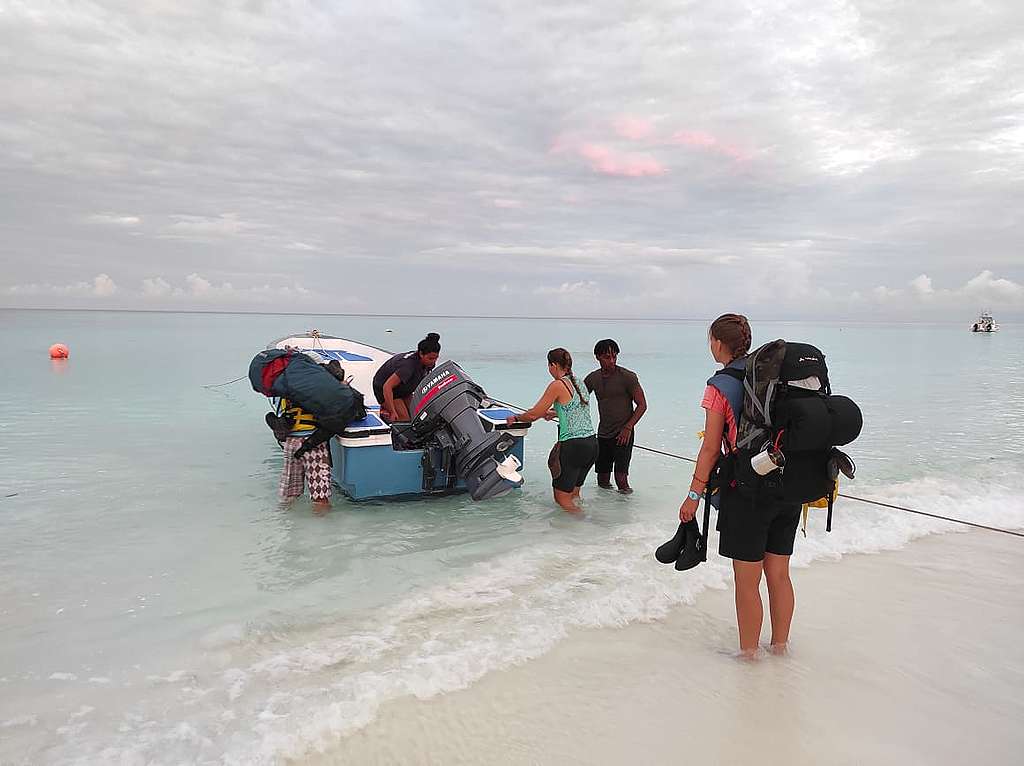
Ultimately, the Aldabra research station’s continued existence and successes have been built on the dedication of an increasingly diverse set of characters from Seychelles and around the world, who have not only made sacrifices for Aldabra but supported each other. In the years to come, as much, if not more, dedication and support will be needed if we are to not only preserve Aldabra but also take on the climate crisis.
With our own eyes and research, we have seen this isolated and protected atoll’s corals bleach, as well as observed concerning changes to its beaches and weather. Moreover, with global temperatures headed to pass 1.5C above pre-industrial levels at somewhere between 2026 and 2042, we have already been forced to start planning how to save some of Aldabra’s ecosystems, habitats, and species. In addition to climate change, other global issues such as pollution and unsustainable fisheries are threatening us – the least responsible and the most vulnerable – with beacons of hope like Aldabra and Seychelles being at the front line of their impacts. This distressing fact obliges us to speak out and up and we are increasingly doing so, while supporting international initiatives that will protect Aldabra and our ocean, like the call for a Global Ocean Treaty.
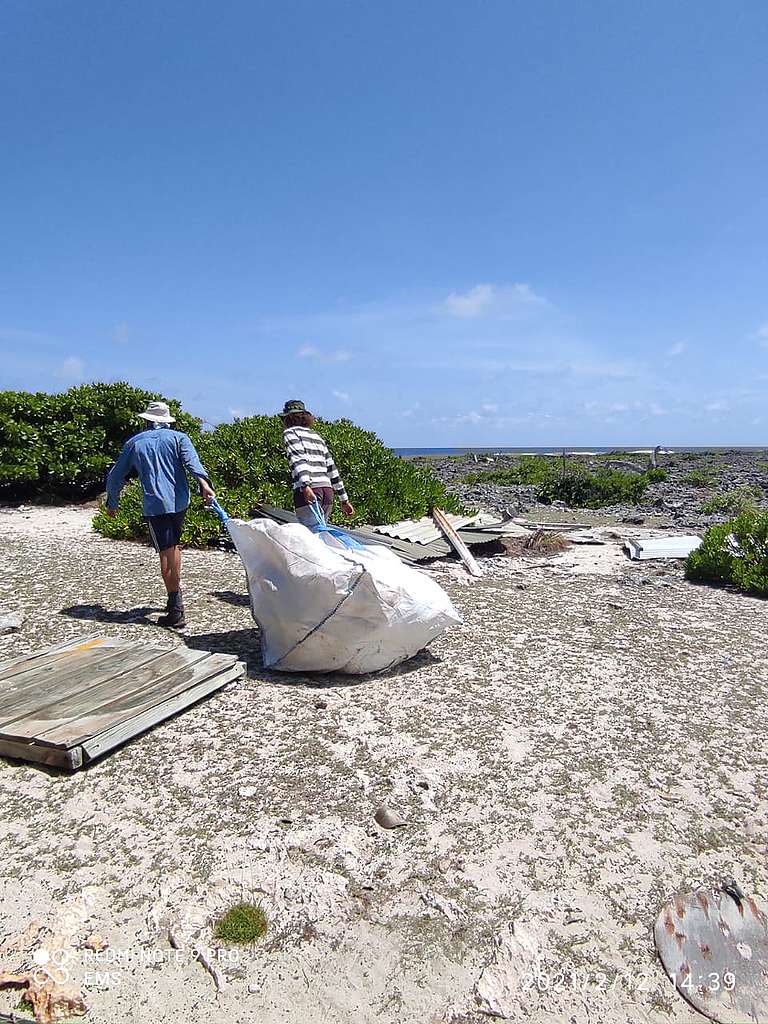
So, as we reflect upon the research station’s last 50 years, understanding the lessons learnt from not only science but also national and international cooperation that has taken place at personal, organizational and country levels to protect Aldabra and its surrounding ocean, I find hope for what can come next. Although many challenges and uncertainties face Aldabra, our ocean, and indeed humanity, the research station’s science – as well as its different teams over the years – show me what’s possible when we apply an evidence-based approach to management, recognise and strengthen local capacity, and collaborate with those who understand what is needed.
I hope you can help me, the SIF team, and Aldabra overcome the challenges of this century by reducing your ecological footprint and demanding that your leaders take climate action by discontinuing the use of fossil fuels and supporting the call for an international treaty for international waters. A place like Aldabra that is inaccessible to most, but beautiful and vital to our survival, is not only so similar to a place like the high seas in its invisibility, vulnerability and importance but also intrinsically connected with currents, biodiversity and pollutants knowing no borders.
Emma Mederic is the Assistant Aldabra Science Coordinator with the Seychelles Islands Foundation (SIF).
Guest authors work with Greenpeace to share their personal experiences and perspectives and are responsible for their own content.


